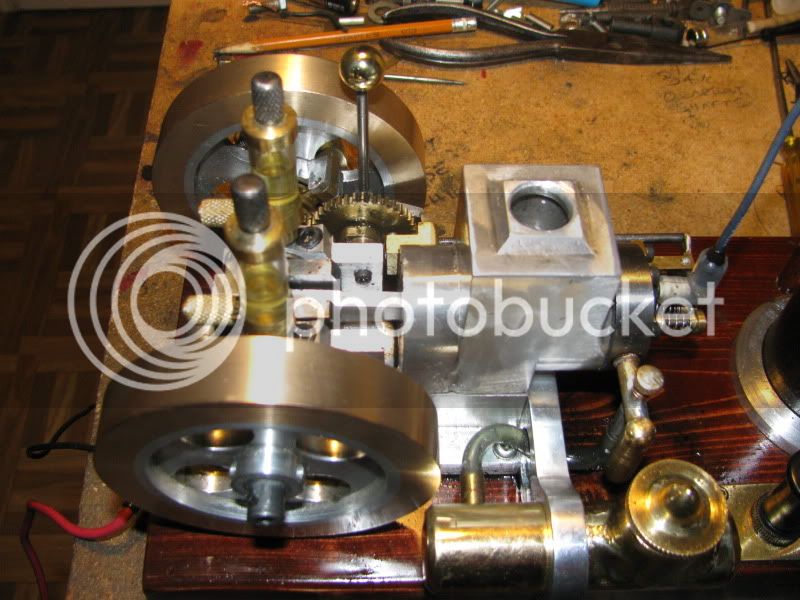tel
Well-Known Member
- Joined
- Feb 8, 2008
- Messages
- 3,293
- Reaction score
- 44
And now the 'fun' begins. Had a session with it today - lashed up a rough ignition 'system' with a Briggs coil and a few odds and ends. No luck so far, but it was interesting nevertheless. I think I've got the timing pretty close, it is getting fuel and I seem to have enough compression, certainly have enough vacuum. Tried for quite a while but couldn't get it to cough. Methinks I'll have to do a better ignition set-up before anything happens.
Got some proper 1/8" spark plug wire on order - that might help.
In the meantime I might make a start on the bits for the governor.
Got some proper 1/8" spark plug wire on order - that might help.
In the meantime I might make a start on the bits for the governor.












